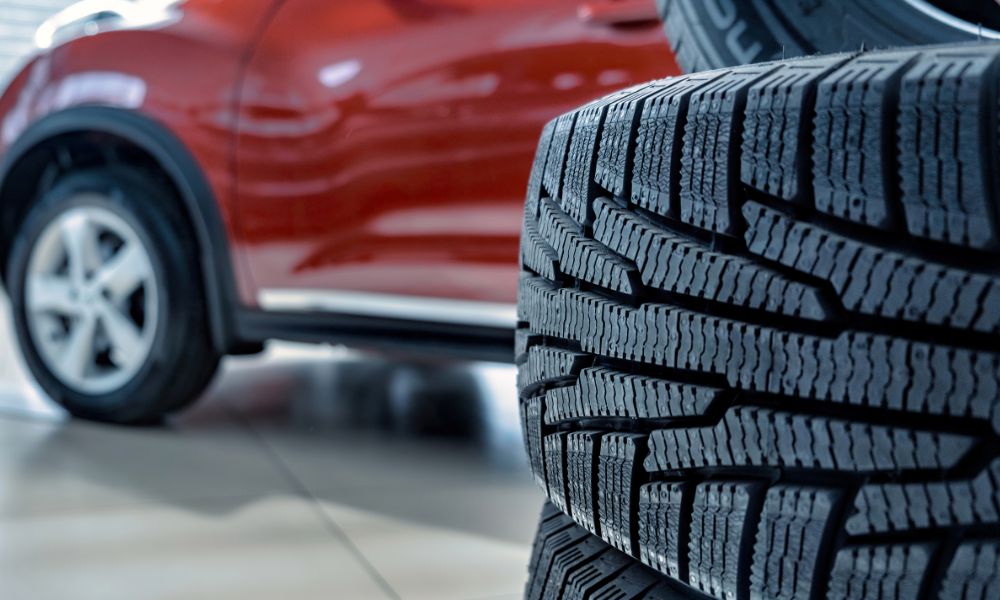
The size of your vehicle’s tires can make a significant difference in performance, safety, and style. Whether you’re an off-roading weekend warrior who craves the rugged look of oversized wheels for your overlanding expeditions or a commuter who values the subtleties of a responsive, compact tire, the tires are crucial for your driving experience. Read on to discover what types of tires—big or small—are right for your car and driving preferences.
The Benefits of Larger Tires
One of the most immediate advantages of driving on larger tires is the enhanced grip and stability, especially in adverse conditions. With a greater surface area in contact with the road, large tires offer improved performance in cornering and handling. They are particularly effective when you need to traverse through snow, mud, or sand, where the added width can prevent bogging down and loss of traction.
Larger tires also accommodate bigger brake rotors and calipers, increasing your vehicle’s braking power. Whether you’re towing heavy loads or cruising down a mountain pass, you’ll feel confident in your vehicle’s superior stopping power. Finally, the increased sidewall height provides a cushioning effect against rocks and ruts, protecting your rims and, consequently, your drive.
Not all vehicles can support large tire installation. However, simple automotive modifications like lift kits and wheel spacers are important for your car because they accommodate big tires.
The Advantages of Smaller Tires
Small tires usually result in better acceleration and more responsive cornering on smooth, paved surfaces. Plus, these tires often translate to better fuel efficiency, thanks to their reduced rolling resistance. Most importantly, small tires offer a more comfortable ride for commuters who spend hours in the car. Their reduced sidewall height can lead to lesser ‘give’ than larger tires, translating to more precise handling and control on standard roads.
Downsizing on tires isn’t just a matter of swapping them out for smaller rims; it also involves recalibrating your car’s suspension and potentially its electronic systems. This ensures the vehicle’s performance remains balanced and optimal. Consider professional assistance when decreasing tire size for the most effective and safe modifications.
Other Considerations: Tire Treat Patterns
Tread patterns are equally, if not more, important to consider when changing tires. Different patterns excel in specific terrains or weather conditions, and choosing the right one depends on your driving habits and the environment in which you travel.
Tread patterns include aggressive, deep grooves of off-road tires and the nearly slick, smooth surfaces of racing tires. All-season tires often feature a compromise of reasonable performance across different conditions, while winter tires may have intricately shaped designs for better grip on icy surfaces.
Understanding the benefits of big and small tires can help you determine the right type for you and your car. As you contemplate this central aspect of your vehicle’s setup, consider your typical routes, the control you prefer, and the look you’re trying to achieve. The greatest satisfaction often arises from the balance you strike between size, performance, and safety.






